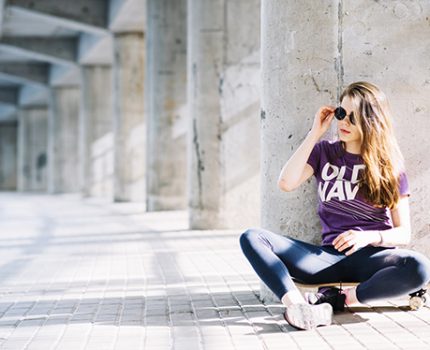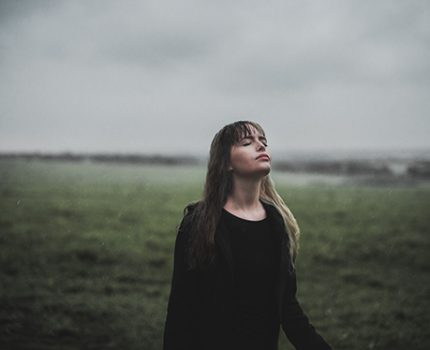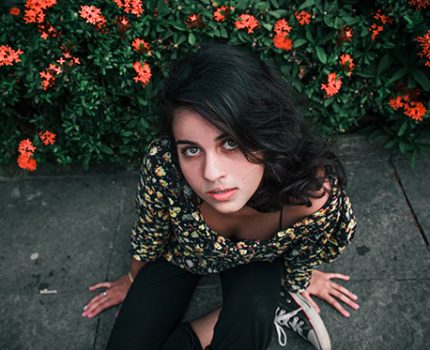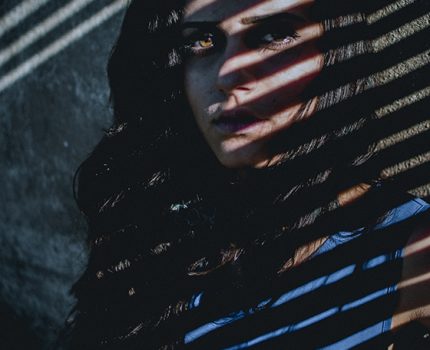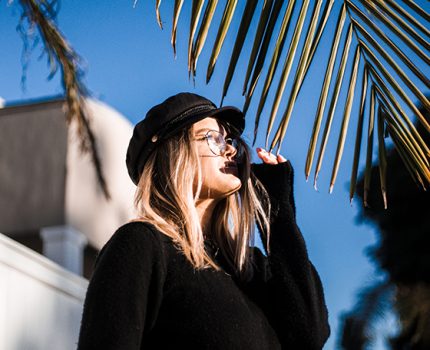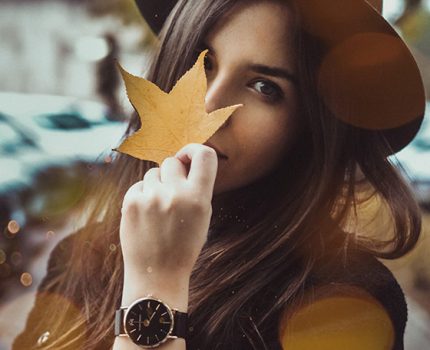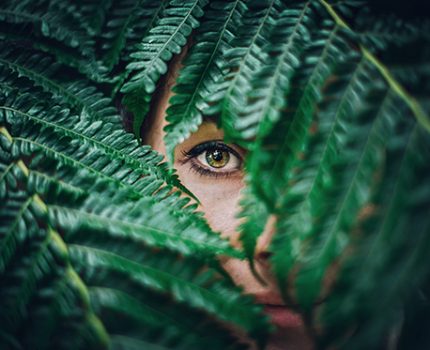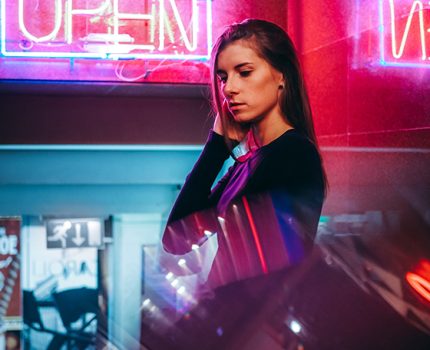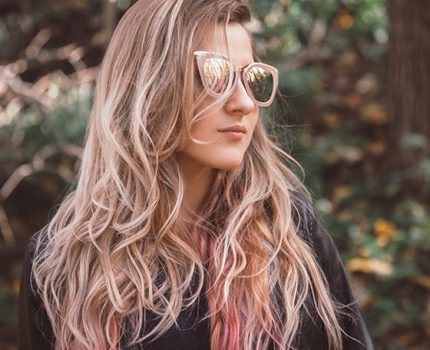The Prestige: Magic and Deception Through Clothing
Magic thrives on wonder and astonishment, often using costumes to enhance its allure. A magician’s wardrobe is more than fashion; it is a tool for deception and mesmerization. Costumes establish personas, conceal props, aid storytelling, and incorporate surprise elements. Modern tech like LED lights has expanded design possibilities, allowing dynamic effects. Despite these advancements, the core principle remains: to dazzle and deceive. This symbiotic relationship between magic and costume keeps audiences enchanted, making clothing an indispensable tool in creating memorable magical moments.

